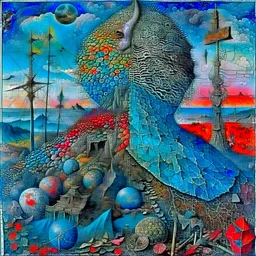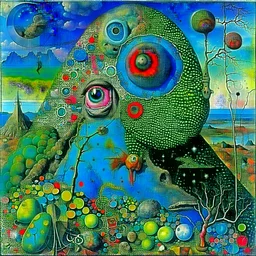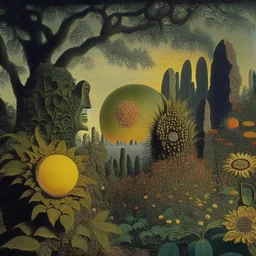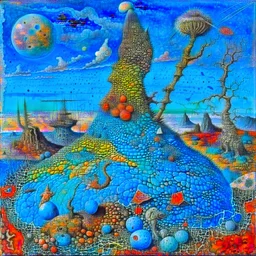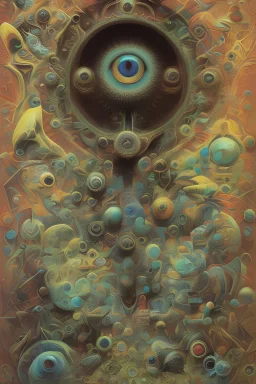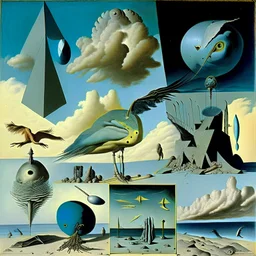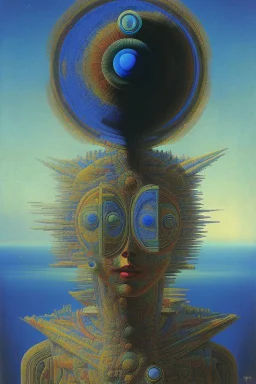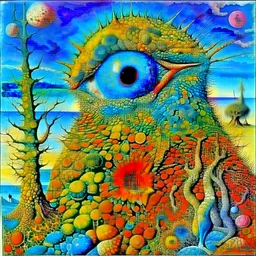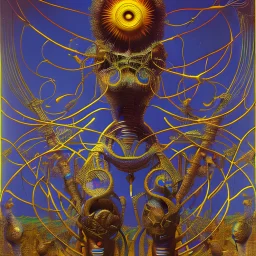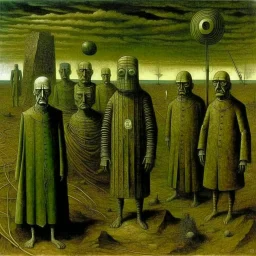

@Mabaaigen
Prompt
For The Eye of Silence Max Ernst employed a technique called decalcomania to create arbitrary textures on the canvas, which he then reworked to resemble rock formations, plants, a primordial-like part vegetation, part rock and part minerals, creepy and nightmare
Light
2 years ago
Model
Kandinsky 2.2
Guidance Scale
12
Dimensions
4096 × 4096
